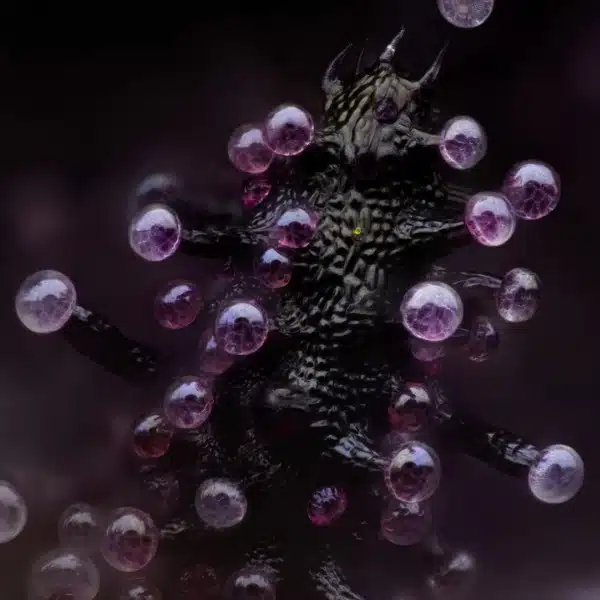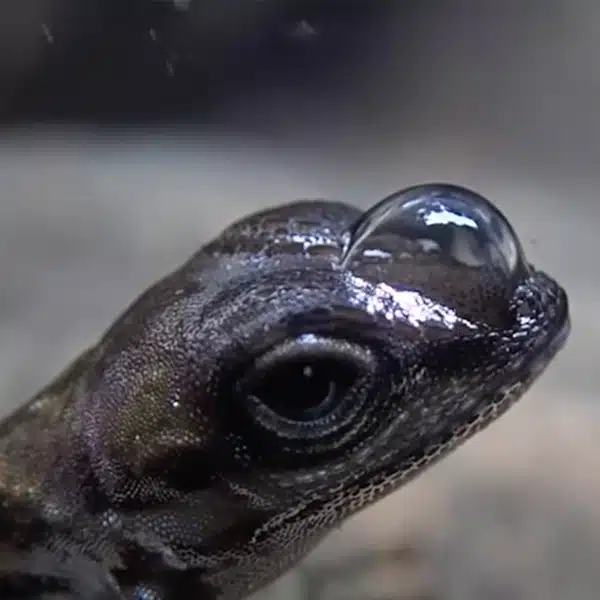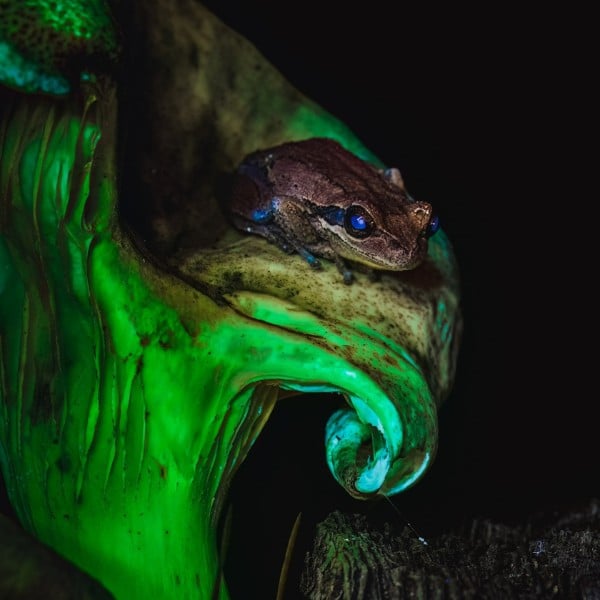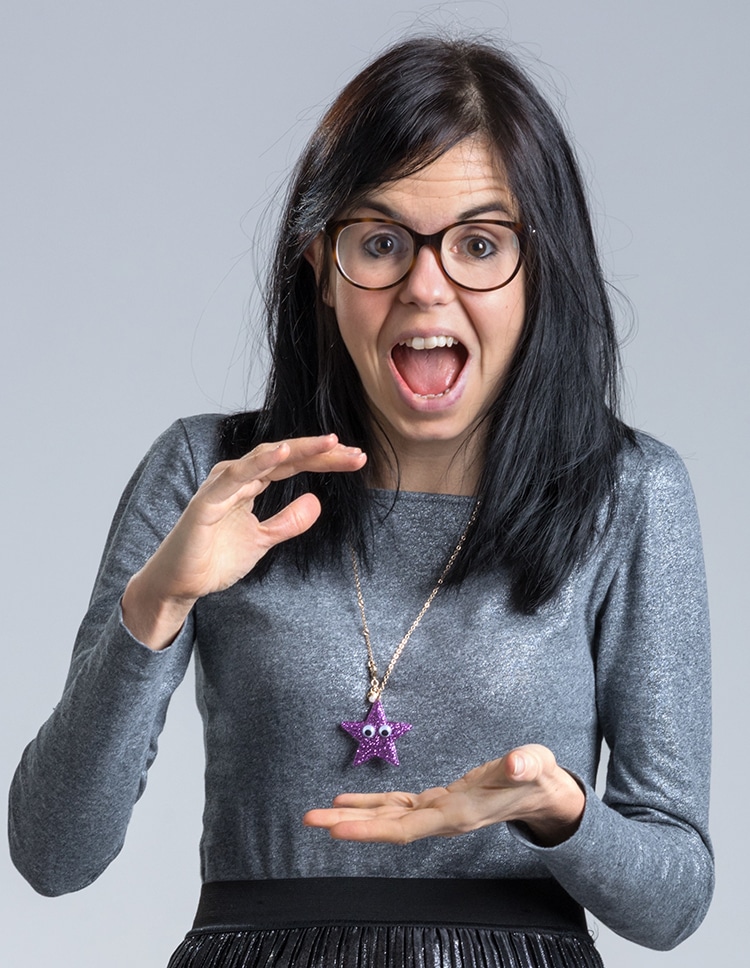
British Physicist Jessica Wade, who works at the Blackett Laboratory at Imperial College London, has created over 1,600 Wikipedia pages for women in STEM and scientists of color. (Photo: Dave Guttridge via Wikimedia Commons, CC BY-SA 4.0)
Women remain under-represented in most STEM fields. For example, only 38% of physicians and surgeons are women, and only a shocking 15% of engineers are female.They are not the only ones still facing the effects of historical exclusion and barriers to access in these fields. Black and Hispanic STEM college graduates remain disproportionally low, as does representation in fields such as engineering. Pay in STEM fields is also skewed by race and gender, STEM professorships remain dominated by men, and women and scientists of color are ignored by one of the world's largest reference databases, Wikipedia. British physicist Dr. Jessica Wade has dedicated her career to helping solve these issues, taking it upon herself to create over 1,600 Wikipedia pages for illustrious, yet overlooked, scientists.
Dr. Wade, who researched Raman spectroscopy at the Blackett Laboratory at Imperial College London, discovered several years ago that only 20% of Wikipedia biography pages were about famous women. While other problems such as pay gaps and pipelines will require larger-scale solutions, Dr. Wade set about changing what she could with simple keystrokes. Starting in 2017 with Dr. Kim Cobb, an American climate scientist, Dr. Wade began creating pages for impressive women and people of color in fields such as science, math, and engineering.
Since 2017, Dr. Wade has created over 1,600 pages. These include highlights on Dr. Ijeoma Uchegbu—a Nigerian-British nanotechnology pioneer—and Dr. (and Dame) Sarah Gilbert—a vaccinologist at Oxford who helped develop the Oxford–AstraZeneca COVID-19 vaccine, and who has an honorary Barbie in her image. Many of the women and scientists of the global majority have been working in their fields for decades. They have contributed to devices and developments which shape our modern lives. For example, Gladys Mae West was recently inducted into the United States Air Force Hall of Fame for her pioneering mathematical work which helped create the basis for GPS technology.
In addition to her research, Dr. Wade has dedicated her career to advancing women in STEM. Adding Wikipedia pages is a critical step towards righting past wrongs, namely the overlooked work of female scientists. As Wikipedia is largely written by volunteers, who skew very white and male, it is not free from bias. Dr. Wade described her editorial process to The New York Times in 2019, “The process is finding people first—usually it’s an award holder, someone who’s been given a fellowship, someone who’s published a really great paper or somebody who’s done a recent really good talk. Every morning, I go on Twitter and I’ll look.”
When she discovers a candidate, she checks their accolades against the notability criteria on Wikipedia. If they reach the level for page creation, she researches their career to craft a biography. For many women, this may mean tracking down work published under maiden names. Dr. Wade is also working to use edit-a-thons, focused on revising existing pages, to advantage. “I’ve worked with my heroic friend Maryam Zaringhalam, science communicator and policy fellow at the American Association for the Advancement of Science, to host mass editing sessions (edit-a-thons) all over the world,” she told the Times. “In general, most people think making the internet better—particularly the content people see and use in education—is a good thing.” Even if each page only reaches a few people, the effect of more visible female scientists may make more little girls aware of just who they can be when they grow up.
British physicist Dr. Jessica Wade has created over 1,600 Wikipedia pages for women scientists and scientists of color.
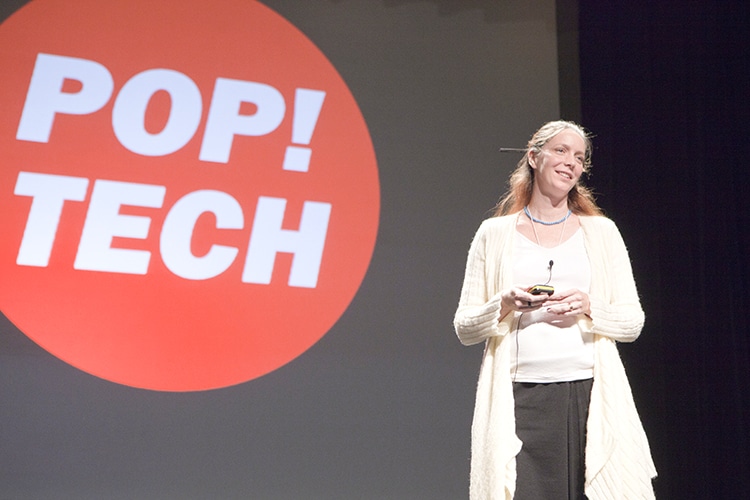
Dr. Kim Cobb, speaking in 2010, is currently a professor at Brown University. (Photo: Wikimedia Common, CC BY-SA 2.0)
These include scientists who have developed vaccines, the GPS systems, and investigated oceans.
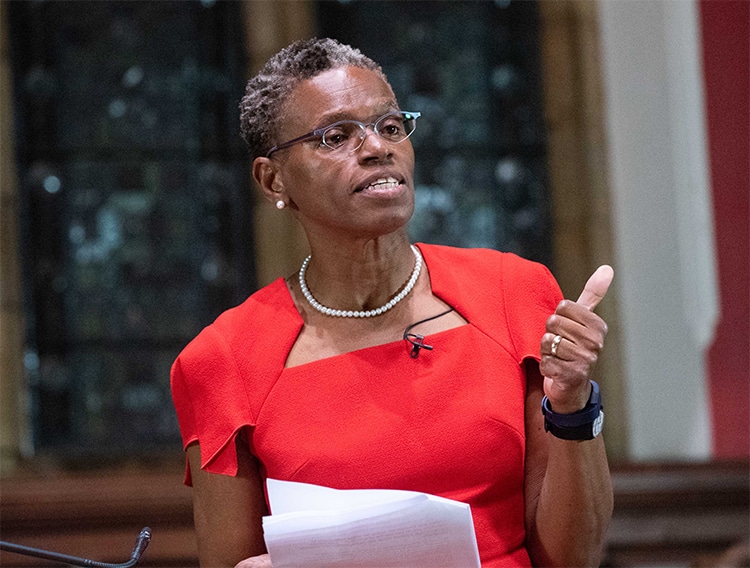
Dr. Ijeoma Uchegbu speaking at Oxford, 2018. (Photo: Wikimedia Commons, CC BY-SA 4.0)
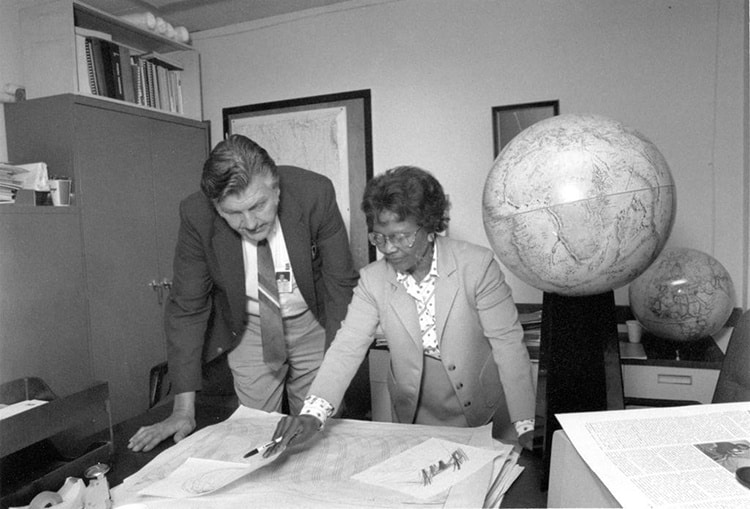
Gladys West and Sam Smith working on data from the Global Positioning System, which Gladys helped develop in 1985. (Photo: Wikimedia Commons, Public domain)
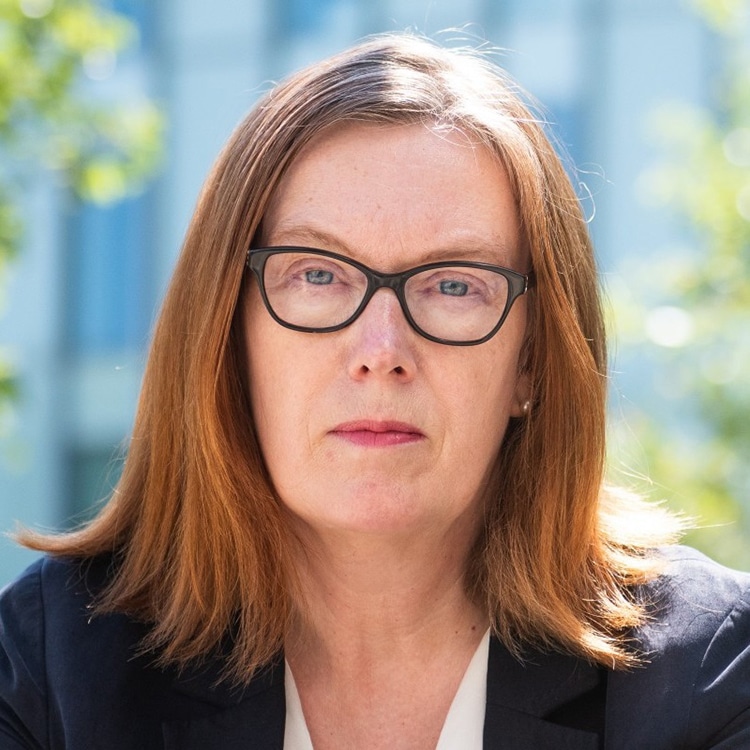
Dame Dr. Sarah Gilbert, one of the key developers in the Oxford–AstraZeneca COVID-19 vaccine. (Photo: Wikimedia Commons, Public domain)
h/t: [Open Culture, The New York Times]
Related Articles:
Helpful Infographics Visualize Complex Branches of Math and Science
After 35 Years in Prison, Man Wrongly Convicted as a Teen Uses ‘MythBusters’ to Prove His Innocence
44 Free STEM Activities to Keep Kids Stimulated and Entertained
Nicole Aunapu Mann Makes History as the First Native American Woman in Space
















































































